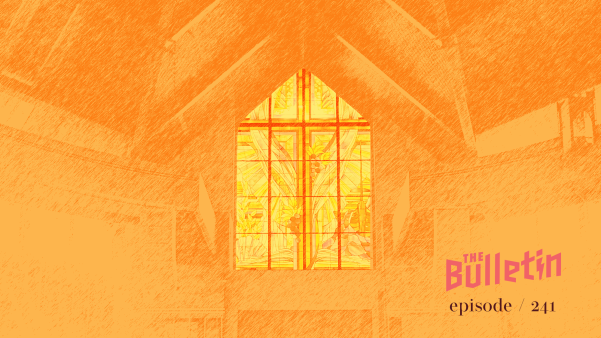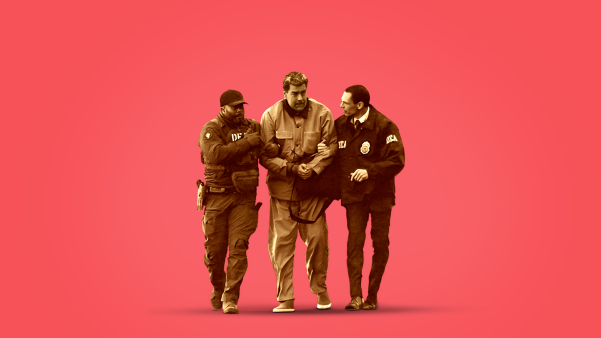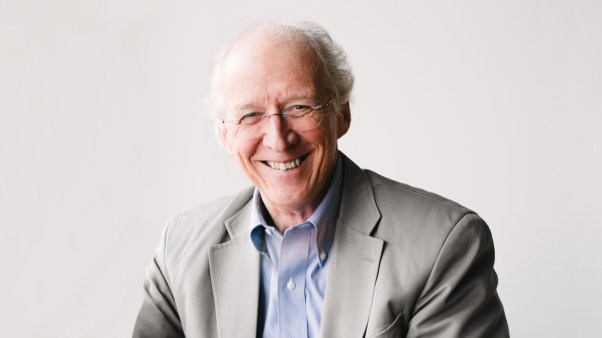Millions of people travel to Switzerland each year in pursuit of its natural beauty, hiking, and skiing in the Alps. But increasingly, visitors are arriving as “suicide tourists” seeking to control their own deaths. According to Kalima Carrigan, professor at the University of Amsterdam, suicide tourism is “travelling to Switzerland for an assisted death … a ‘one-of-a-kind’ event which may be more appropriately characterised as a limit case of medical tourism.”
Several other European countries, such as Austria, Belgium, Luxembourg, the Netherlands, and Spain, permit physician-assisted suicide, but in other European countries assisted suicide is illegal and sometimes punishable by prison time. British lawmakers and citizens are actively debating assisted-dying legislation making its way through Parliament.
Across the pond, Ecuador recently legalized euthanasia; Colombia had already legalized assisted dying. Canada, ten US states, and Washington, DC, also permit physician-assisted death.
While Western countries are increasingly legalizing assisted dying, individuals—often accompanied by family and friends—still travel to other countries in order to end their lives. (Though Canada has deemed physician-assisted suicide to be legal, United States citizens cannot travel there as suicide tourists.)
One company, Exit International, faces questions surrounding its 3D-printed Sarco suicide pod, which has been called the “Tesla of euthanasia.” It allegedly enables an individual to commit suicide without the help of a physician or anyone else. According to the device’s creators, the Sarco 3.0 ensures “a peaceful and reliable death to the user inside.”
As a technology scholar, I see disturbing patterns around these conversations. The language of “suicide tourism” reveals our desire to bring death under our control and convenience. Uncomfortable though it may be, the differences between controlling one’s vacation and controlling one’s death are not as vast as we might think. The devices that we use for the perfect vacation habituate us to desire devices for the perfect death.
The designers of this device use words such as elegance, portability, and speed as unique selling features. This device may not stay confined to Switzerland; its creators have promised to make it available elsewhere—like the United Kingdom—as soon as legislation permits.
These 3D-printed pods come with many different features. The sleek design evokes the adventures of space or sea travel. Portability allows these pods to be used anywhere—at a beach, in a forest, or in the mountains, where the clear hood allows the viewer to take in the surroundings. A detachable coffin makes for convenient cleanup and disposal. According to the founders, in 60 seconds, the Sarco 3.0 replaces oxygen with nitrogen so that the person in the pod reliably dies.
Perhaps the most novel feature of this new device is that it requires no specialized skills or assistance: The user can just push a button and go. While not available yet, future iterations of the device will allow users to activate it with voice control or eye movement. The user-directed features of the Sarco 3.0 are significant since many nations have laws against aiding and abetting suicide.
Two philosophers of technology—Jacques Ellul and Albert Borgmann—can help us make sense of things like suicide pods and suicide tourism.
Jacques Ellul, a Christian sociologist and philosopher, authored the influential book The Technological Society in 1954. In this book, Ellul developed the concept of la technique,or in English simply technique. Technique, according to Ellul, is aimed at maximum efficiency and optimization: “Technique is the totality of methods rationally arrived at and having absolute efficiency (for a given stage of development) in every field of human activity.” Technique is the “one best way” to do something.
Technique encroaches on every field of human activity: education, parenting, manufacturing, and countless other fields. Education seeks a technique for the one best way to teach students how to perform math problems. Parents desire a technique for the one best way to quell tantrums. Manufacturing pursues the one best way to produce parts in a factory.
The search for the one best way and for total optimization also finds its way into the world of tourism. Cruise lines and Disney vacations promise absolute vacation efficiency so people can squeeze the most out of their limited time away. Every inconvenience and interruption has been removed so participants can have a reliably good time on vacation. All the diversions and detours have been avoided for maximum efficiency. Though it may not go by the language of technique, tourism often seeks easy and reliable ways for people to have the best vacations.
The same is true for medical tourism. People travel to other places for the best, cheapest, or most efficient medical operations. For example, around 1.5 million people travel to Turkey each year as medical tourists—including so many Americans that the US Embassy and Consulates has offered guidance on how to go about doing it.
The forces behind tourism and medical tourism have spilled over into suicide tourism. The endless pursuit for the one best way tries to tame something as wild and uncontrollable as dying. A technological society that desires total optimization will inevitably create something like suicide pods. A world of technique will inevitably seek an efficient methodology for death.
The makers of the Sarco pod describe on their website other obvious methods available to commit suicide yet present their device as the pinnacle of efficiency, control, and reliability. As Exit International puts it, “Death is a voyage of sorts … Sarco makes it an event to remember?” (One might almost think they’re selling cruises.)
While Ellul helps us see how technological societies seek absolute efficiency and optimization, Albert Borgmann reveals our obsession with ease and convenience. Like Ellul, Borgmann was a philosopher of technology and was also deeply influenced by the Christian faith.
According to Borgmann’s “device paradigm,” technology has so stamped contemporary life with its peculiar pattern that it now characterizes and influences all facets of life. Technology is the characteristic way in which the world is taken up today. For example, death, dying, and technology form a triptych at life’s end. Seldom does a person now die without tubes and cords attached to the body.
Devices not only surround us but also form us. They dictate our values, morals, expectations, and experiences. According to Borgmann, devices are attractive because they are quick, easy, foolproof, and safe. Using devices like smartphones or smartwatches makes little demand on our skills, efforts, or abilities. There is no training needed to operate them. Furthermore, they offer uniformity and consistency—they work the exact same way every time.
But death is not a device. It is not easy or safe. It demands skills and abilities such as patience, endurance, faith, and trust. Death is never uniform or consistent, nor is it ultimately under our control (Job 14:5). However, a device like the Sarco 3.0 brings ease and consistency to dying. Suicide pods make no demand on our skills and abilities beyond merely getting in and pushing a button. The devices that fill our pockets and accompany us on our vacations furtively form us to think that death should be just as easy, safe, and consistent.
The Christian tradition has much to say about death and dying, including about the tools and technologies that surround them. Starting in the Middle Ages, Christians have talked about the Arma Christi,or the “weapons of Christ.” These are the instruments used in the Passion, such as the cross, the crown of thorns, and the nails.
The Arma Christi also includes more peripheral items, such as the sponge that was offered to Jesus on the cross and the lance that pierced his side. It is easy to lose sight of the fact that these are all manifestations of technology. The cross was a violent technology of the Roman Empire. Crowns, nails, sponges, and lances were all tools and technologies of the time.
There was nothing elegant or speedy about the Passion. The death of Jesus was neither safe nor easy. This messy, violent, and horrific death has transformed our relationship with life, death, and dying. Yet the resurrection of Jesus enables us to see tools and technologies, life and death in a new light and with new hope.
A world of technological devices and suicide pods needs a radically different message: “For I resolved to know nothing while I was with you except Jesus Christ and him crucified” (1 Cor. 2:2). While designers and engineers, legislators and marketers hope for elegant, portable, and speedy ways to die, the Christian tradition hopes in something radically different in the cross of Christ and the empty tomb.
As Wendell Berry puts it in his novel Hannah Coulter, “It is this body of our suffering that Christ was born into, to suffer it Himself and to fill it with light, so that beyond the suffering we can imagine Easter morning and the peace of God.” It is in these wild and mysterious places, suffering and death, that we find an even more radical hope: victory over death and eternal life.
A. Trevor Sutton is a pastor, author, speaker, and professor. He is the author of several books, including Redeeming Technology: A Christian Approach to Healthy Digital Habits.















